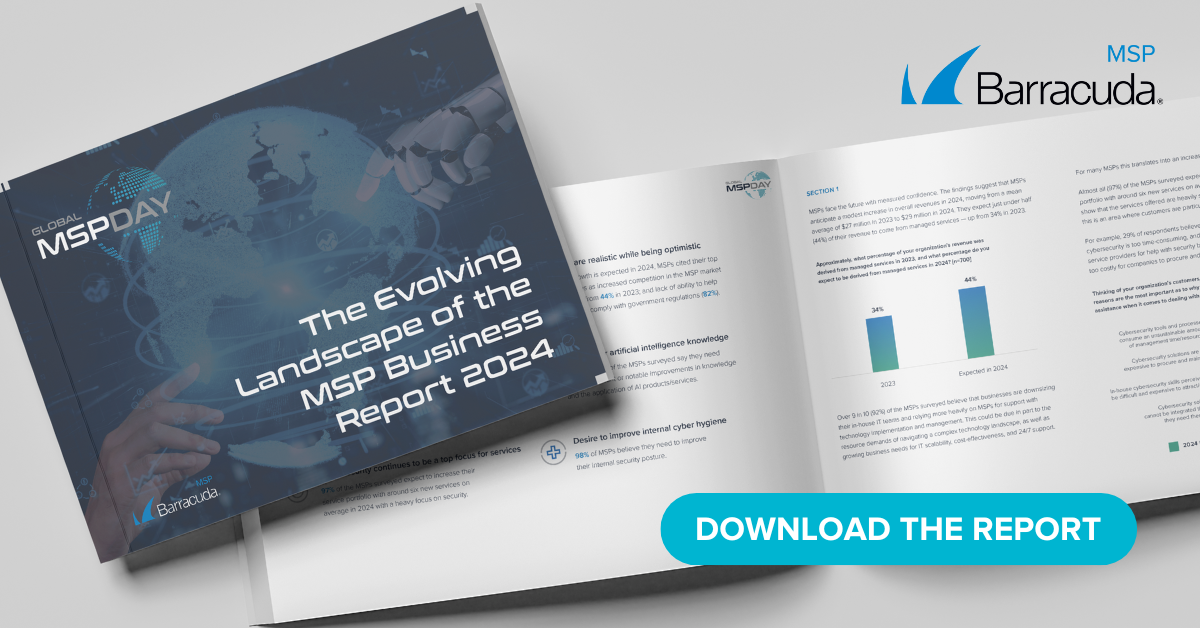 A pair of surveys suggests that there will be an increase in migration of legacy Java applications, which have largely run in on-premises IT environments, into the cloud.
A pair of surveys suggests that there will be an increase in migration of legacy Java applications, which have largely run in on-premises IT environments, into the cloud.
Vaadin, a provider of framework for building Java applications, has published a survey of 879 enterprise developers and architects that finds nearly two thirds (63 percent) said they plan to move more Java applications to the cloud over the next 24 months. More than one-third (36 percent) of Java applications are already deployed in the public cloud (36 percent) and more than half of respondents (56 percent) are also already deploying some of their Java applications into Kubernetes or serverless environments.
Modernization is a high priority for organizations
Meanwhile, a survey of 450 IT professionals working in organizations in the U.S. and United Kingdom that have more than 500 employees finds that modernizing existing Java applications is a higher priority than other projects for 87 percent of respondents. Conducted by the market research firm Vanson Bourne on behalf of Diffblue, a provider of a platform for refactoring and testing applications, the survey also finds on average that more than 80 percent of these applications are expected to be re-engineered over the next five years.
More than half of organizations (59 percent) have created a dedicated modernization budget to support their efforts. Nearly half (48 percent) said funds are being provided by business teams for projects, while 49 percent said general operating budgets have increased, the survey finds.
The five R’s of application modernization span rehosting, refactoring, rearchitecting, rebuilding, and replacing applications. The first era of the cloud primarily focused on lifting and shifting existing applications into the cloud. Since then, organizations, with the help from managed service providers (MSPs), have been trying to optimize these applications to run on infrastructure that is significantly different from the platforms they were originally deployed on.
Now, it appears more organizations are starting to refactor more mission-critical legacy applications with any eye towards making it possible for them to run natively on platforms such as Kubernetes or serverless computing frameworks. The goal is to make it less expensive to run these applications in the cloud by reducing the number of virtual machines that need to be dedicated to each application. At the same time, organizations are also hoping to enhance maintainability, improve security, and reduce ongoing maintenance costs.
Opportunities abound for MSPs
The challenge organizations face is that refactoring applications is not an easy task. It requires development teams with a lot of expertise. In fact, many organizations are often torn between refactoring and rehosting an application and simply replacing it outright with, for example, a software-as-a-service (SaaS) application that is simpler to provision and easier to manage.
Many organizations have a lot of business processes that are simply too dependent on legacy applications to consider the replacement option, so therein lies an emerging opportunity for MSPs and modernization is not a core competency of most internal IT organizations. Further, IT leaders are not inclined to invest in acquiring expertise in a task that only needs to be performed by their teams on an intermittent basis. It makes a lot more economic sense to rely on an IT services provider that has that expertise.
Of course, the team that modernizes an application by moving it to the cloud is going to be in a much better position to also have a conversation about managing the application on an ongoing basis. That may be tougher nut for MSPs to crack in terms of convincing organizations to rely less on their internal IT teams. Nevertheless, a significant portion of applications being modernized, do wind up being managed by the same teams that migrated them to the cloud. The challenge and the opportunity for MSPs is to make a compelling offer that is simply too good to refuse.
Photo: TippaPatt / Shutterstock
